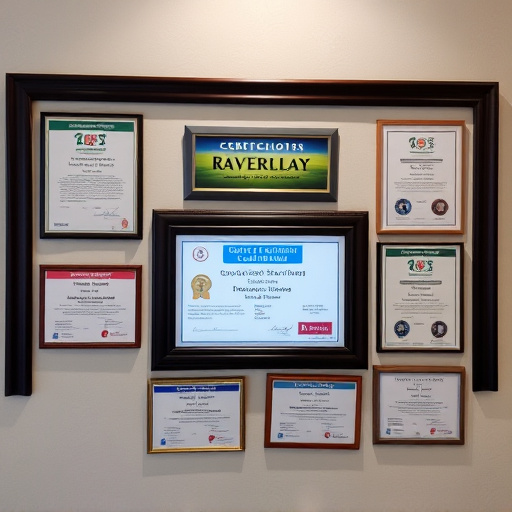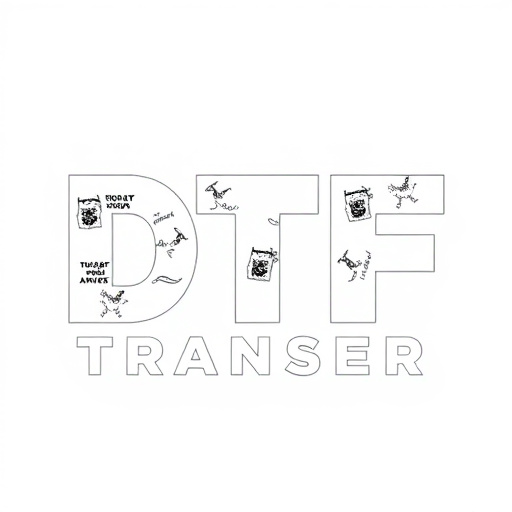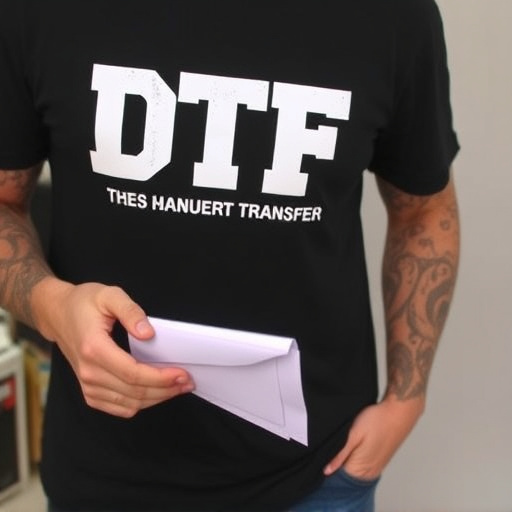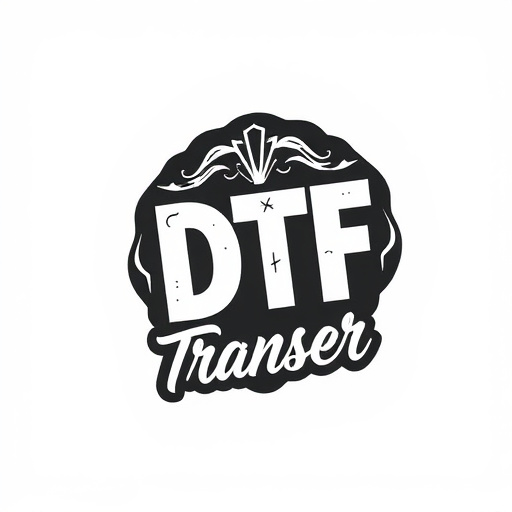Direct-to-film (DTF) printing is a cutting-edge technique allowing artists and designers to create high-quality, personalized prints on diverse surfaces. To begin, gather essential tools and materials including printing paper/film, DTF transfers, inkjet printer with suitable inks, and art supplies. Focus on optimal design layout using vector graphics, considering print size and resolution requirements for large-scale projects. A meticulous process involves preparing the substrate, printing onto transfer paper, curing ink, applying heat press, and inspecting final results. Proper post-print care ensures best outcomes and lifespan. DTF technology empowers artistic exploration with complex designs, vibrant colors, and unique textures on various products.
“Unleash your creativity with personalized direct-to-film (DTF) designs! This comprehensive guide navigates you through the process, from understanding the basics of DTF transfer to mastering the art of creative exploration. Learn how to gather essential tools, prepare design layouts, and apply the step-by-step transfer process for flawless prints. Discover post-print care tips and explore enhancements to make your DTF creations stand out. Elevate your skills in DTF printing and produce vibrant, personalized films.”
- Understanding Direct-to-Film (DTF) Transfer: A Basic Overview
- Gathering Essential Tools and Materials for DTF Printing
- Preparing Your Design for DTF Transfer: Layout and Formatting
- The Application Process: Step-by-Step Guide to DTF Transfer
- Post-Print Care and Considerations for Optimal DTF Prints
- Creative Exploration: Enhancing Your Designs with DTF Technology
Understanding Direct-to-Film (DTF) Transfer: A Basic Overview

Direct-to-film (DTF) transfer is a cutting-edge printing technique that allows for the creation of unique and personalized designs directly onto various film surfaces, including metal, plastic, and even glass. This method has gained popularity among artists, designers, and hobbyists alike due to its versatility and ability to produce high-quality, durable prints. Unlike traditional printing methods, DTF involves a direct application of ink to the substrate using specialized equipment, resulting in vibrant, long-lasting imagery.
The process begins with preparing the desired design digitally, ensuring it’s optimized for the chosen film material. This could involve vectorization or adjusting resolution and color profiles. Once ready, the design is transferred onto a printing plate or screen, which then comes into direct contact with the film surface. A precise application of ink and pressure ensures the design is accurately replicated, creating DTF prints that are both aesthetically appealing and functional for various applications, from custom bike parts to artistic sculptures.
Gathering Essential Tools and Materials for DTF Printing

To embark on your journey of creating personalized direct-to-film (DTF) designs, gathering the right tools and materials is a crucial first step. The essential items for DTF Printing include high-quality printing paper or film suitable for inkjet printers, as well as specialized DTF transfers that act as an intermediary between your design and the final print surface. Additionally, you’ll need access to a reliable inkjet printer capable of handling specialized media, along with inks specifically formulated for DTF transfer applications.
Don’t forget the importance of precise cutting tools – a craft knife or precision scissors will help you meticulously cut out your designs from the printing paper or film. Furthermore, a clean workspace and basic art supplies like markers, pens, and rulers can facilitate the intricate detailing process. With these essential tools and materials in hand, you’re well-prepared to dive into the world of DTF Printing and bring your creative visions to life as vibrant, personalized DTF prints.
Preparing Your Design for DTF Transfer: Layout and Formatting

When preparing your design for a direct-to-film (DTF) transfer, layout and formatting play a crucial role in ensuring optimal results. Start by ensuring your design is optimized for DTF printing methods. This means using vector graphics instead of raster images, as vectors provide cleaner lines and curves that transfer better to the film. Vector formats like SVG or EPS guarantee crisp details regardless of print size, making them ideal for DTF applications.
Additionally, keep in mind the final print size and resolution requirements. Since DTF prints are often used for larger-scale projects like billboards or murals, your design should be prepared with these considerations in mind. Proper formatting includes setting the correct dimensions, choosing an appropriate resolution (typically higher than 300 dpi), and ensuring there is sufficient bleed area around the design to account for any slight misalignments during the printing process.
The Application Process: Step-by-Step Guide to DTF Transfer
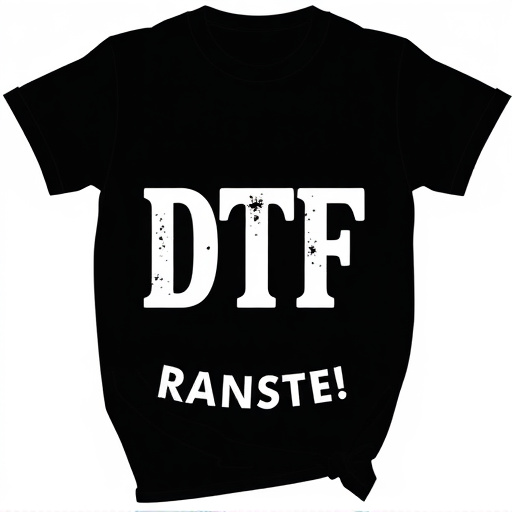
The process of creating personalized direct-to-film (DTF) designs involves several key steps to ensure a successful transfer and final print. It begins with designing or selecting artwork that meets specific DTF requirements, such as compatibility with suitable software and print settings. The chosen design should be high-resolution and contain vibrant colors to achieve the best results.
Once your design is ready, it’s time for the DTF transfer process:
1. Prepare Your Substrate: Start by cleaning and preparing the surface of your substrate (e.g., t-shirt, mug, or other material). Ensure it’s free from oils, dirt, or any impurities that could interfere with ink adhesion.
2. Print the Design: Using a DTF printer, precisely print your design onto a special transfer paper tailored for DTF printing. Ensure optimal print settings and high-quality inks to produce crisp, vibrant prints.
3. Cure the Ink: After printing, allow the ink to cure according to the manufacturer’s instructions. This step ensures the ink bonds securely to the substrate during the subsequent heat application.
4. Heat Press Transfer: Preheat your heat press machine to the recommended temperature for your DTF transfer paper. Carefully apply the transfer paper onto the substrate, ensuring proper alignment and contact. Use the heat press to fuse the design into the material by applying pressure and heat for a specified duration.
5. Cooling and Inspection: Remove the transfer paper after the cooling period. Inspect your DTF print for any imperfections or misalignments. If satisfied, you’ve successfully created a personalized direct-to-film design!
Post-Print Care and Considerations for Optimal DTF Prints
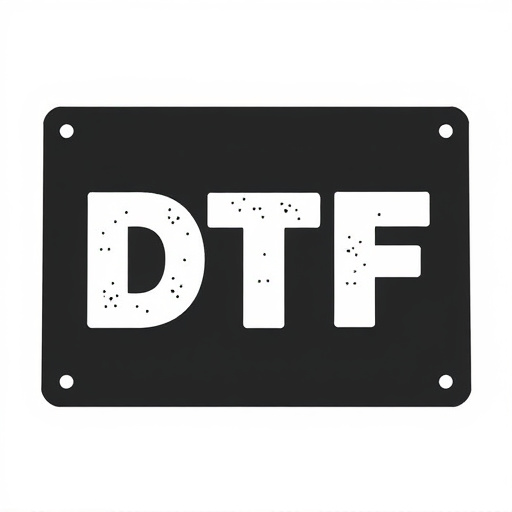
After printing your direct-to-film (DTF) designs, proper post-print care is essential to ensure optimal results and extend the lifespan of your DTF transfers. The first step is to allow the ink to fully cure; this process can vary depending on the type of ink used but typically takes 24-48 hours. During this time, keep the printed films in a clean, dry environment, away from direct sunlight or heat sources. Once cured, carefully remove the film from its backing paper, ensuring not to stretch or crease the design.
When applying the DTF transfer to your desired surface, be mindful of the adhesive properties. Use a gentle touch and avoid excessive pressure to prevent damaging the print. After application, cure the transfer under a heat press for the recommended time, usually between 150-200°F (65-93°C) for several minutes. Proper post-print care also involves regular cleaning of your DTF printing equipment to maintain optimal performance and prevent ink buildup or clogging. Additionally, store unused films properly, keeping them sealed and protected from dust and moisture to maintain their viability for future projects.
Creative Exploration: Enhancing Your Designs with DTF Technology
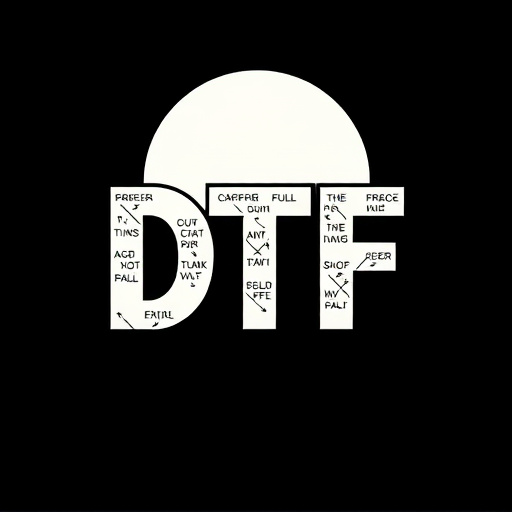
Creative Exploration: Unleash Your Artistic Vision with DTF Technology
Direct-to-film (DTF) technology opens up a world of possibilities for designers, allowing them to create truly personalized and unique designs. By embracing DTF transfers and printing, artists can push creative boundaries and bring their visions to life in ways previously unattainable. This innovative process enables the direct application of complex artwork, intricate patterns, and vibrant colors onto various surfaces, from clothing to home decor items. With DTF prints, the sky’s the limit when it comes to artistic expression.
Using DTF technology encourages experimentation with different styles, textures, and effects, fostering a sense of freedom in design. Designers can seamlessly integrate graphic elements, illustrations, or even photographic images directly onto the desired medium, resulting in striking visual impacts. Whether you’re designing t-shirts, mugs, or custom art pieces, DTF offers a seamless and efficient way to turn your creative ideas into tangible products, captivating audiences with personalized and eye-catching DTF transfers and prints.


